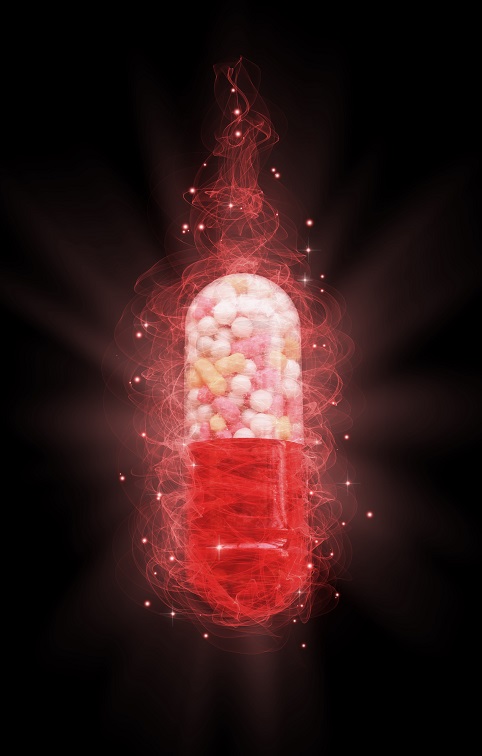 In the world of acne, there are several paths one can follow. The first path is acne that begins at age 13 or 14, stays in control while hormones rampage and fluctuate for years, but gradually fades away at around age 18.
In the world of acne, there are several paths one can follow. The first path is acne that begins at age 13 or 14, stays in control while hormones rampage and fluctuate for years, but gradually fades away at around age 18.
The second path is the most treacherous: acne that begins at age 13 but never loses its grip, continuing into adulthood with the same ferocity as ever.
This path may lead to discomfort, but has ultimately has a big reward, as you follow the only solutions, an enhanced diet and lifestyle, and become healthier than you ever have in your life. These are the most well travelled paths in the realm of acne …
…but there’s also a third path, a category which if you’re a 30 year old woman, you may know all too well: late onset acne vulgaris. The technical name for acne that appears only at age 25 or later. Acne which appears on a formerly clear-skinned person who breezed through their teenage years with no pimples at all, with apparent immunity to anything other than flawless skin.
Today, there’s more pharmaceutical remedies for acne than ever: accutane, tetracycline, benzoyl peroxide. But if you have experienced the joys of late onset acne vulgaris, it is almost inevitable that you will stumble across or be prescribed spironolactone.
How spironolactone clears acne
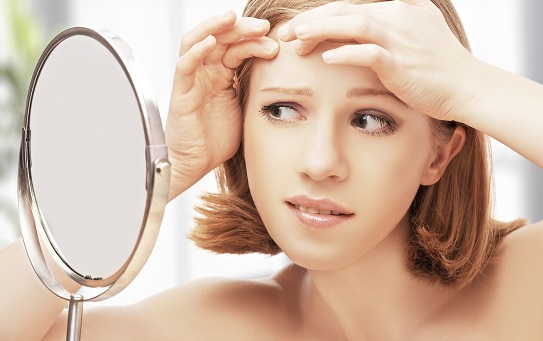 Unlike accutane, spironolactone is prescribed exclusively to women. Why? Because it reduces acne by suppressing the acitivity of testosterone and DHT in the body.
Unlike accutane, spironolactone is prescribed exclusively to women. Why? Because it reduces acne by suppressing the acitivity of testosterone and DHT in the body.
Spironolactone is a medication dating back to 1959 which was first invented as a diuretic, to treat high blood pressure. However, during one study testing blood pressure in women with polycystic ovarian syndrome (PCOS), which is linked to high testosterone in women, strong androgen suppressing effects were observed. By the 1980s, spironolactone was a popular acne medication, and unlike accutane, which has a poor reputation now, spironolactone is more popular than ever.
Suppressing androgens in men reduces sex drive, muscle mass, and focus, but in women it can be a godsend for acne. The biggest result of reduced androgen levels is less oily skin, since testosterone and DHT stimulate the sebacious glands to pump out sebum. Spironolactone thus causes less clogged pores and ultimately less acne.
How exactly does spironolactone reduce androgens? Spironolactone has a minor inhibitory effect on 5-alpha reductase, the enzyme which converts testosterone to DHT. DHT is the strongest androgen, stimulating oil production ten times more effectively than testosterone. Inhibiting 5-alpha reductase is why green tea and saw palmetto prevent acne so well.
Read Annihilate Your Acne – get the ultimate diet for clear and glowing skin!
However, spironolactone is much more effective at reducing the sensitivity of androgen receptors to DHT and consequently, reducing its impact. Spironolactone actually competes with androgens by binding to and thus blocking DHT and testosterone receptors in the sebacious glands. This significantly reduces the amount of sebum they manufacture and decreases their size.
Spironolactone also prevents the synthesis of testosterone itself, and increases aromatisation, the conversion of existing testosterone to estrogen. Finally, spironolactone substantially increases blood levels of sex hormone-binding globulin (SHBG). In humans, for acne, sports, or bodybuilding, your total testosterone level is equally as important as your free testosterone level. Free testosterone is unbound and active, and SHBG is one of the proteins which binds to testosterone molecules.
Spironolactone reduces androgen activity in the skin through almost every angle imaginable. The reason why it’s given to women aged 25 and older is that late-onset acne vulgaris has a much stronger relationship to hormones than ordinary acne.
Spironolactone is dished out to women with elevated testosterone due to diet, PCOS, or even a hormone-generating tumour, but it’s also effective in women with virtually perfect hormones. Women’s skin is ten times more sensitive to testosterone than men’s, so minor elevations can derail your progress.
An interesting statistic from this study was that late-onset acne vulgaris occurred in 8.3% of men but 18.4% of women. At age 16 and earlier, males have more severe acne, but by age 23 the women receive the honour. Adult acne patients are much more likely to fail using accutane and antibiotics (not like using them is smart anyway), and that’s why spironolactone is a popular alternative.
Studies prove that spironolactone works…
STUDY ONE – a study directly compared users of spironolactone to acne patients taking a placebo. The dosage here was low, at 50mg. After 12 weeks, 21 out of 34 spironolactone users were completely free of acne, compared to 2 out of 31 non-users.
STUDY TWO – this study was interesting, as 79% of the 85 adult women tested had failed to clear using antibiotics, while 14% had failed to improve using accutane. After up to 24 months of taking spironolactone, 33% of the women cleared completely, 33% of the women cleared significantly, while 27.4% cleared partially. 7% of the women experienced no improvement. The dosage was 50mg to 100mg.
STUDY THREE – in a rare occurrence for a supplement or medication, spironolactone is proven to reduce back and chest acne specifically. 36 women enrolled in a 17 month study on spironolactone. 50% enjoyed a reduction in facial acne, while 37.5% experienced less truncal acne, the technical name for bacne or chestne. This makes perfect sense, given that the uncomfortable cysts frequently found in bacne have a strong connection to hormones.
Several studies testing sebum production also exist:
STUDY THREE – the same truncal acne study detected a significant reduction in sebum output in the women taking spironolactone. Interestingly, there was no correlation with androgen levels in the body, which indicates that reduced sensitivity to androgens was the bigger factor.
STUDY FOUR – applying spironolactone in combination with DHT was found to inhibit the latter’s effects, resulting in a decrease in sebocytes (sebum producing cells).
STUDY FIVE – spironolactone was tested directly on living human subjects in this study. A 5% topical spironolactone cream was used on young adults. The left cheek was left untouched. After 8 weeks of application and 4 weeks of patient waiting, there was a significant reduction in the sebum secretion rate of the right cheek, but not the left. This matches results from the oral medication, and is interesting in its own right.
Important article – the top 6 vitamins and minerals for clearing acne
The doses used in these studies ranged from 50mg to 200mg. The standard dose prescribed by dermatologists is 50mg to 100mg, with just 50mg working well. Results take 4 – 8 weeks to become noticeable, with the full strength being reached at 3 months. This is the classic timetable with any androgen-reducing supplement or food.
Spironolactone will be particularly effective at clearing acne on the jawline, lower cheeks, neck and mouth. Female hormonal acne is associated with these areas and that’s because they have the highest androgen receptor density on the face. Beard growth is a good illustration of the risk zones; facial hair in men is another result of androgen receptor stimulation around the jaw and mouth. Women lack facial hair, but the receptor density remains. Men get a bushy beard, women get acne.
Elevated androgens leads to oily skin across the entire face, but also harder, more inflamed acne in those regions. Spironolactone can end this.
…but is it necessary?
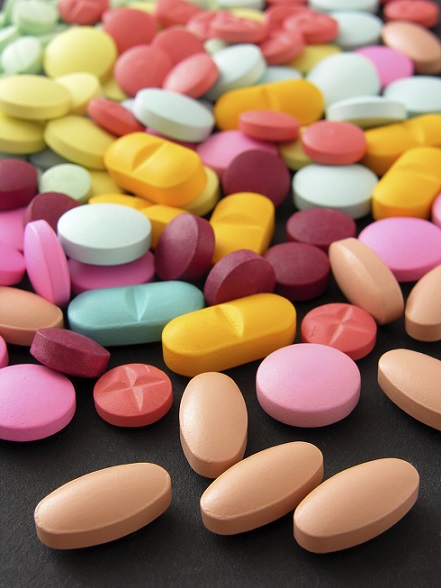 Spironolactone is effective for acne, regardless of whether you hate or love the idea of medications. But like any powerful medication which bombards the body into achieving the target, spironolactone has side effects.
Spironolactone is effective for acne, regardless of whether you hate or love the idea of medications. But like any powerful medication which bombards the body into achieving the target, spironolactone has side effects.
Consider accutane; it was initially famous for eradicating acne, before becoming infamous for its side effects. The second study above reported that 57.5% of the women experienced no adverse effects from spironolactone, but obviously the other 42.5% did. Spironolactone is safe for long term use; you can use it for years if you want to, but at a small price.
Most of the side effects of spironolactone are not severe, but discomforting ones include breast tenderness, menstrual irregularities, and dizziness. Even though taking it isn’t death defying, it’s still defeated by a zinc pill, which can lower acne by 50% with no side effects.
Spironolactone is hampered by its original usage as a diuretic as well. When using spironolactone, it’s recommended that you check up with a doctor regularly to monitor your potassium levels. Firstly, there’s the inconvenience; secondly, you have to avoid high potassium foods, many of which are excellent for acne as well as tasting great. Bananas, papaya and mango are on the list. The biggest losses are sweet potatoes and white potatoes, which are the ultimate acne-friendly carbohydrate sources. You can obtain acne nutrients and antioxidants from elsewhere, but it’s a pointless problem to have.
Important article – the top 7 natural topical treatments for acne
There’s also some overblown breast cancer fears. Back in the 1980s, a small study led manufacturers to slap a “may cause breast cancer” label on spironolactone, but to be fair, that study was done on rodents at spironolactone doses 25 to 250 times higher than the recommended one.
There’s some positive side effects as well, as one woman claimed that her boobs grew bigger. The main severe side effect is birth defects: using spironolactone during pregnancy is not recommended in any circumstances.
Overall, the side effects are much lighter than accutane or antibiotics. Unlike benzoyl peroxide, which can age your skin, the side effects of spironolactone are unrelated to acne itself, but are merely annoying.
Here’s how they differ. With accutane, even if there was no alternative, I would still advise you not to use it, and to accept a faceful of acne rather than hair loss, liver damage, and suicidal urges. If spironolactone was the only remaining acne treatment on earth, I would advise you to use it, and control the side effects…
The alternatives
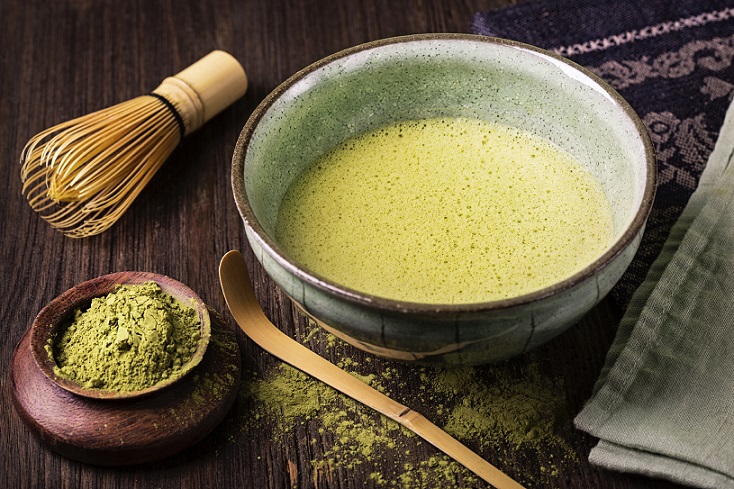 …but the scenario will never come to pass, because there are natural alternatives to spironolactone.
…but the scenario will never come to pass, because there are natural alternatives to spironolactone.
A great example is green tea. Green tea achieves the same result as spironolactone, decreased stimulation of androgen receptors in the sebaceous glands, and decreased oily skin. Instead of competing with DHT, it prevents its formation in the first place by decreasing 5-alpha reductase activity.
You also have saw palmetto berry powder, which functions in exactly the same way. Saw palmetto reduces DHT specifically rather than DHT and testosterone, but the DHT reduction is comparable. Preserving testosterone levels will preserve your sex drive as well. Neither green tea nor saw palmetto have any side effects in women except those related to androgens.
Other options which relegate spironolactone to the bin of irrelevance are anti-androgenic topical treatments. Topical spironolactone has been investigated itself, like in study five above. It’s less effective than oral spironolactone because external application can never prevent testosterone from forming inside the body, but topical spironolactone can still compete with DHT for the receptors in the skin. When you apply spironolactone to the skin, it is metabolised before it enters the bloodstream, so the side effects are skipped. No topical spironolactone product is available on the market yet, but keep a watch out.
Why vitamin C is the acne nutrient you cannot ignore
Luckily, we have topical treatments that act similarly, namely green tea distillations, and sea buckthorn oil. Both inhibit DHT in the skin’s surface, using different natural compounds. Green tea contains an antioxidant called epigallocatechin-3-gallate (the same it uses internally), while sea buckthorn oil features two plant steroids called stigmasterol and beta-sitosterol.
Another problem with spironolactone is that it’s often prescribed to women whose blood testosterone levels are normal. In many cases, their receptivity to androgens in the skin is increased, and oral spironolactone causes their sex drive and mood to plummet. Topical treatments skip these side effects.
Spironolactone is a powerful weapon against acne, but plenty of natural substances match it.
About late onset acne vulgaris
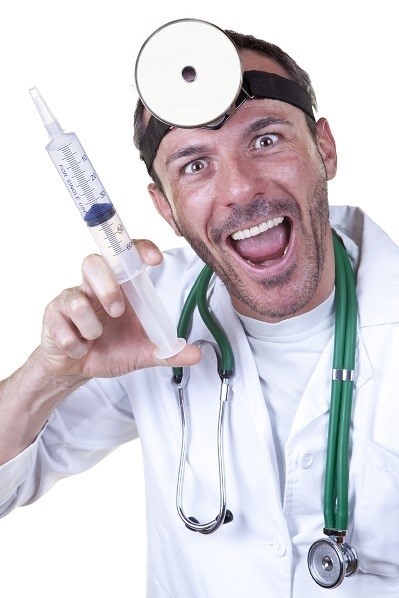 Like the doctors say, the problems behind late onset acne vulgaris are often hormone related, more often than earlier acne. But in many cases it’s a case of gradual deterioration of acne defences.
Like the doctors say, the problems behind late onset acne vulgaris are often hormone related, more often than earlier acne. But in many cases it’s a case of gradual deterioration of acne defences.
Slightly elevated testosterone levels are perfectly manageable in the female body, and especially the male body. The problem occurs when your other acne systems are faulty, faulty enough that the downsides of testosterone show up much more easily.
Many people with late onset acne will have experienced little change at all in their hormones. But they will have been eating the standard western diet all their life, while possibly partying and drinking alcohol regularly, and having higher stress levels due to having a job.
Thus by age 25, many men and women will have lower antioxidant levels than ever, depleted nutrient supplies, weaker skin, and a damaged gut lining. Any increase in testosterone will be much harder to cope with. Women’s hormones have changed little since 100 years ago. If anything, estrogen levels are higher because of chemical xenoestrogens found in cosmetics and personal care items (which is a very overlooked topic for acne). Yet adult acne has become more common than ever, according to both your eyes and studies.
What this means is that unless you have developed an actual disease like PCOS or an androgen-secreting tumour, testosterone and DHT should not be your biggest focus, even considering natural options. Elevated androgens are worse in women than men, since men are designed for them, but women need normal levels of testosterone, even if it’s a fraction of men’s total. Inhibiting androgens on the skin’s surface is smart, but other factors are just as important.
Once more, this makes spironolactone an effective acne treatment, but far from a recommended one, even if you fit the criteria.
Conclusion
If you have woken up and found yourself wandering the darkened path of late onset acne vulgaris, do not follow the masses and jump aboard the spironolactone train.
If you have adult acne, you will be propositioned by a spironolactone dealer sooner or later. Remember to never take it if you’re a man! Otherwise, it’s probably the safest acne medication in existence, and for hormonal women it’s equally as effective as the dreaded accutane, but you don’t have to experience the uncomfortable side effects. Spironolactone is a drug, and if you want the results to stay, you have to take it forever. The side effects you do notice will be with you for the rest of your days.
Meanwhile, the greatest natural acne strategies like getting zinc and eating more antioxidants can remain part of your life forever. What would you prefer as a side effect: dizziness from spironolactone, or a sharper mind from a daily bowl of frozen raspberries?
If you’re currently using spironolactone, then you’re not travelling down to the road to ruin, but I would end it fast and find a permanent solution. Everybody else should resist the seductive pull of this powerful medication and focus on what’s really important: diet and lifestyle.
NEXT: learn the root causes of acne, clear your skin permanently
Thanks for reading!